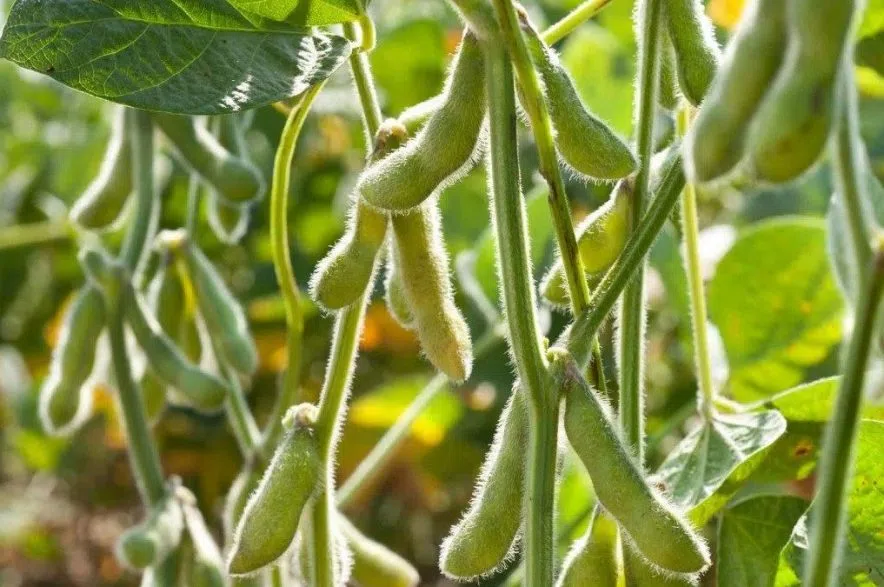While crop conditions in Saskatchewan have improved in the past few weeks and some farmers have begun an early harvest, weather inconsistencies continue to cause problems in the field.
According to Ranjan Sri Ranjan, a University of Manitoba professor in the department of biosystems engineering, this summer’s ever-changing weather is making it a tough year for producers.
“Most of the time, what we are experiencing is extremes in climate. That is, either we have too much water coming all at once, or we are having many days without any rain and drought conditions. This is becoming more (of an issue) than 10 years ago,” Ranjan said.
Read more:
- Dry conditions leading to rapid crop development in Sask. as harvest begins
- Crop conditions improving in Saskatchewan, but more rain needed
- Saskatchewan farmer says recent rain brought new weed problem
When planting his own crops, he said they aren’t receiving enough water to develop and grow.
“We planted soybeans in our research plots, and we really didn’t have enough water for the soybeans to germinate, which is kind of unusual,” he said.
“We didn’t have that problem many years ago. Last year was okay because it was kind of a wet year, but the year before, we were struggling to supply enough water so the seeds (would) germinate.”
The soybean experiments are being conducted in clay soils at the Prairie East Sustainable Agriculture Initiative farm located at Arborg, Man.
He said the inconsistencies in the weather result in either too much or not enough rain.
“We are trying to manage the water in a way that it will reach the root zone of the crops. We have to have a quick way to apply water when it’s needed, and also a quick way to remove water when it’s not needed,” Ranjan said.
“That is the challenge we are facing, and it’s going to increase (even) further with climate change. We are going to have more extremes of weather, like more rainfall in short periods and then followed by drought.”
Ranjan said water management is key for farmers.
“The problem we are facing now is when you remove the excess water, we are sending (it) down the drain to the river and to the lake, and it’s gone. But when we need the water, we are having a scarcity,” he said.
“We don’t have the water where we need (it) all the time. So, ideally, it’ll be nice if you could store the water we are removing somewhere and then reuse the water to irrigate. That’ll be the strategy to look (at) in the long term.”
Although conservation of water would benefit farmers moving forward, Ranjan said the cost to store water is far greater than what a farmer could afford to store it.
He adds that in order to store the water, farmers would lose land, resulting in a loss of money.
Read more:











